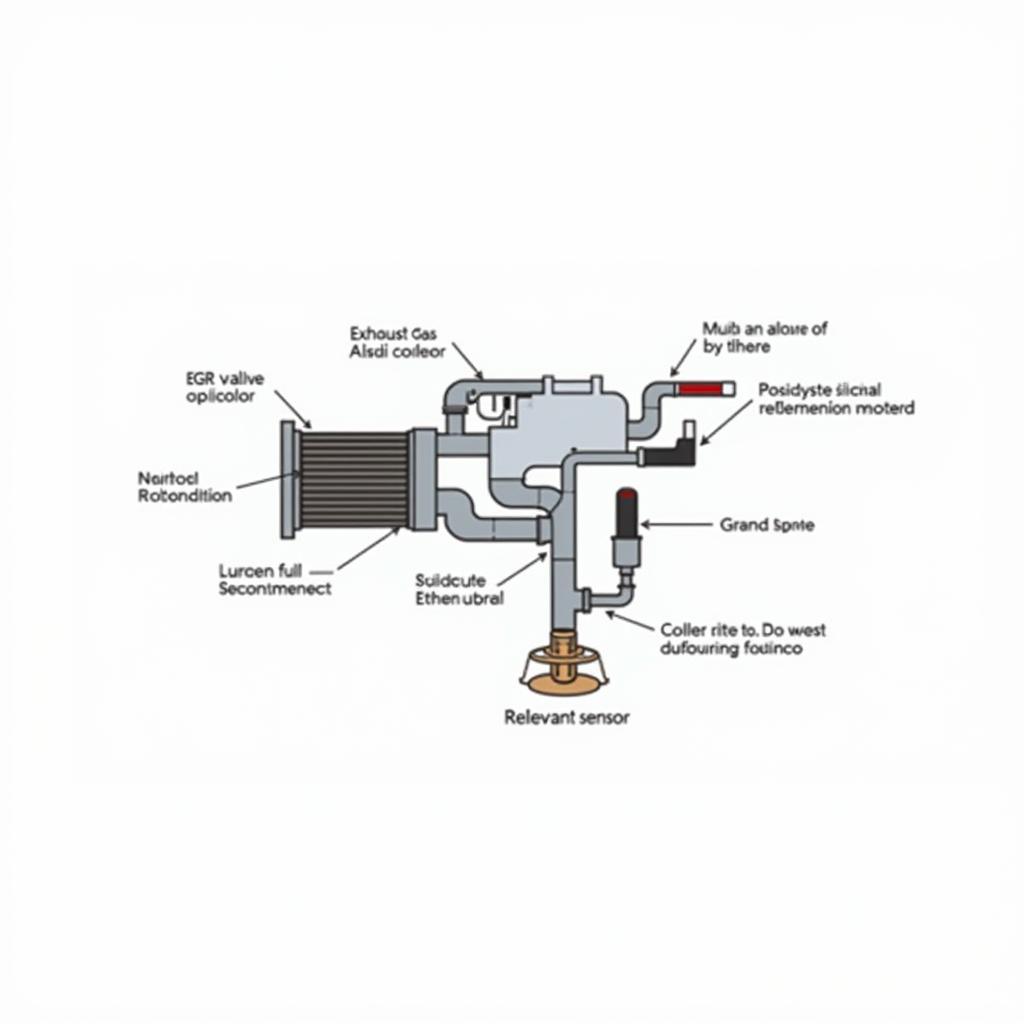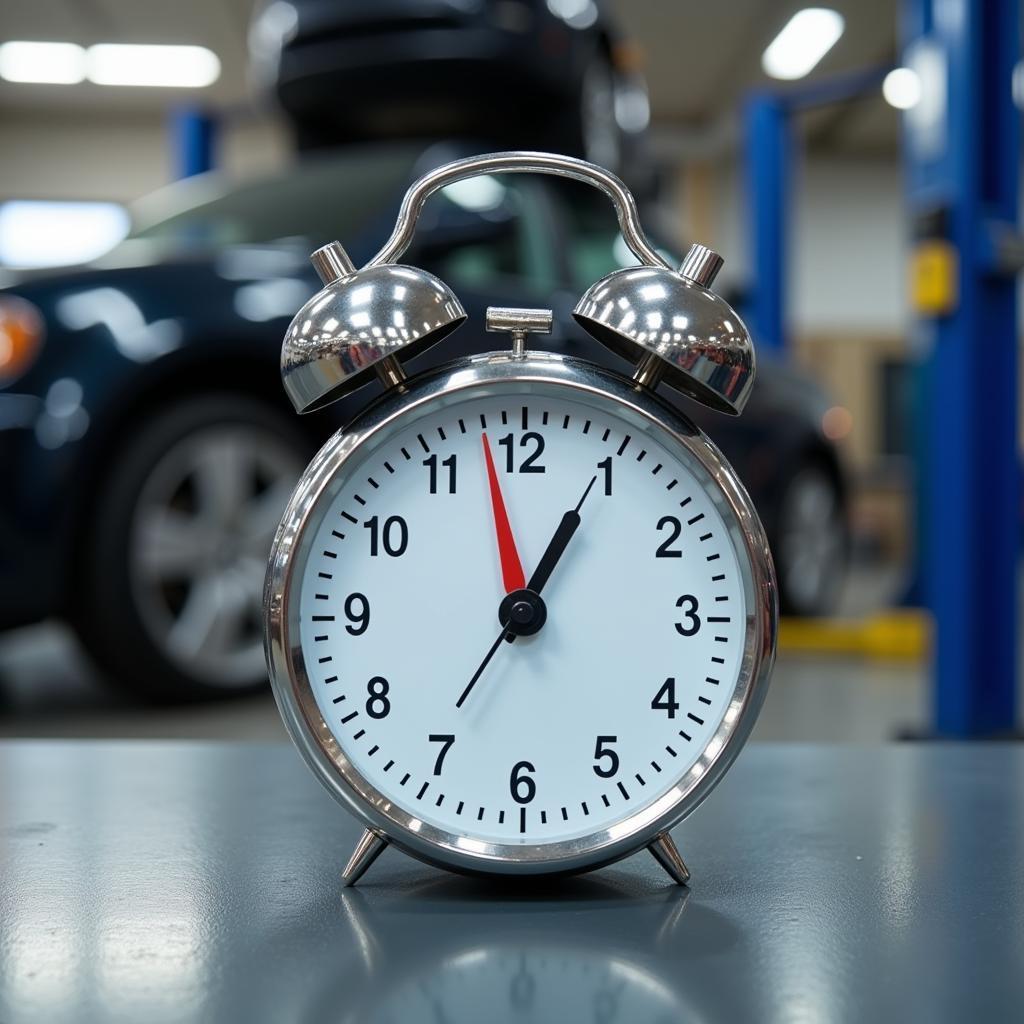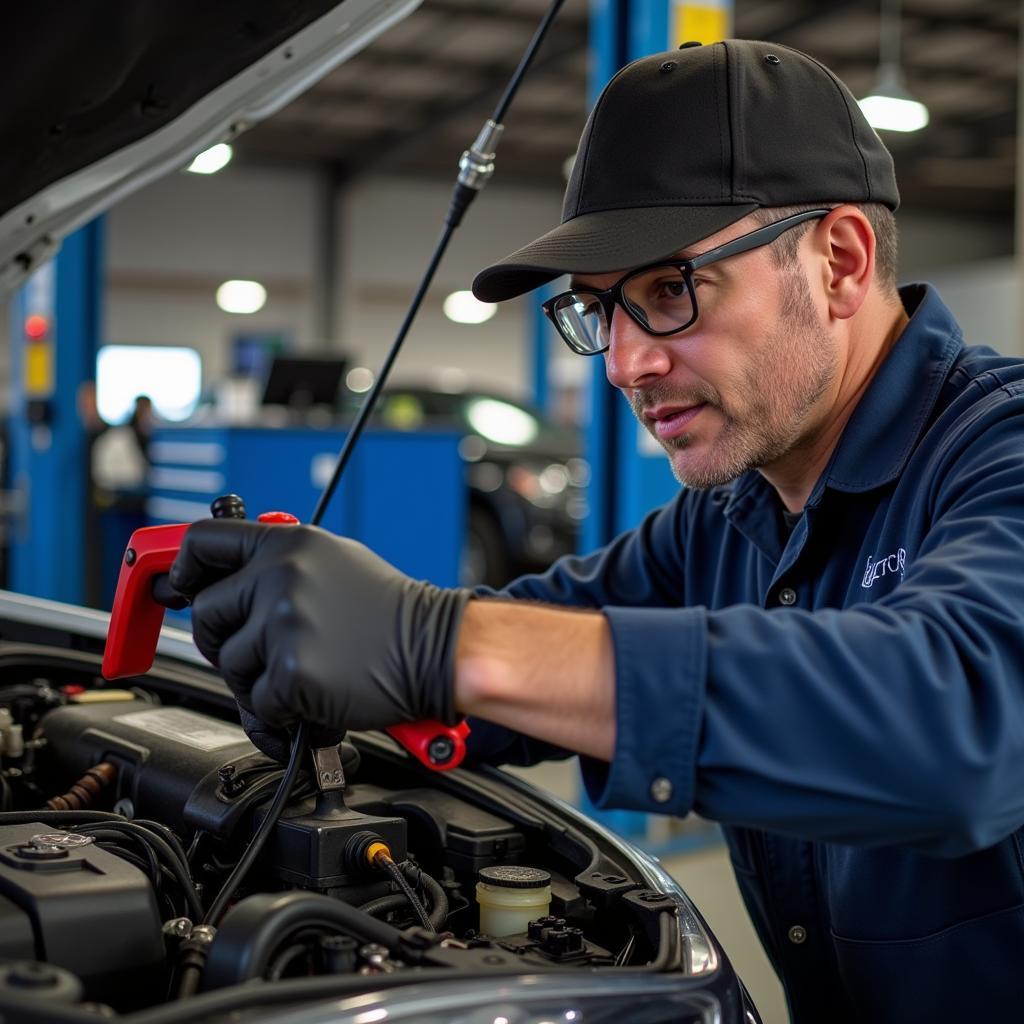ASE certification tests are crucial for automotive technicians specializing in emission systems. Understanding the intricacies of emission systems diagnostics and service is paramount for success in these tests and in a technician’s career. This comprehensive guide will equip you with the necessary knowledge and resources to confidently approach the ASE prep test focusing on emission systems.
Decoding the Emission Systems ASE Prep Test
The ASE emission systems test assesses a technician’s knowledge and skills related to diagnosing and servicing vehicle emission control systems. This includes understanding the various components, their functions, and the diagnostic procedures involved. Passing this test demonstrates a high level of competency, essential for any aspiring or practicing automotive technician.
Key Components of Emission Systems and Their Function
Exhaust Gas Recirculation (EGR) System
The EGR system helps reduce nitrogen oxide (NOx) emissions by recirculating a portion of exhaust gases back into the intake manifold. This lowers combustion temperatures, thereby minimizing NOx formation. Understanding the EGR valve, cooler, and related sensors is vital for the ASE prep test.
 EGR System Diagram
EGR System Diagram
Positive Crankcase Ventilation (PCV) System
The PCV system prevents harmful blow-by gases from escaping into the atmosphere. It routes these gases back into the intake manifold to be burned during combustion. Knowing the function and testing of the PCV valve is essential for the ASE prep test.
Evaporative Emission Control (EVAP) System
The EVAP system prevents fuel vapors from escaping the fuel tank and entering the atmosphere. It stores these vapors in a charcoal canister and then purges them into the engine for combustion. Familiarize yourself with the EVAP canister, purge valve, and leak detection pump for the ASE exam.
 EVAP System Components
EVAP System Components
Catalytic Converter
The catalytic converter is a critical component that converts harmful pollutants in exhaust gases into less harmful substances. Understanding the different types of catalytic converters, their function, and common failure modes is crucial.
Diagnostic Procedures and Tools for Emission Systems
OBD-II Scan Tool
The OBD-II scan tool is an essential diagnostic tool used to retrieve diagnostic trouble codes (DTCs) related to emission systems. Understanding how to interpret these codes and use them to pinpoint the root cause of a problem is essential for the ASE test.
Smoke Testing
Smoke testing is a valuable technique used to detect leaks in the EVAP system. Knowing how to perform a smoke test and interpret the results is crucial for diagnosing EVAP system issues.
Vacuum Gauge
A vacuum gauge is used to measure engine vacuum and can help diagnose various emission-related problems, such as vacuum leaks and EGR system malfunctions.
ASE Answer for Prep Test: Common Emission System Issues and Solutions
Several common issues can affect vehicle emission systems. Understanding these problems and their solutions is key to success on the ASE test. These include faulty oxygen sensors, clogged catalytic converters, and malfunctioning EGR valves.
Conclusion: Mastering the ASE Emission Systems Test
Mastering the intricacies of emission systems diagnostics and service is not just about passing the ASE test; it’s about becoming a skilled and competent automotive technician. By thoroughly understanding the key components, diagnostic procedures, and common issues discussed in this guide, you’ll be well-prepared to ace the Ase Answer For Prep Test Emission Systems Diagnostics And Service and excel in your career.
FAQ
- What is the passing score for the ASE emission systems test? (The passing score varies but is typically around 70%.)
- How long is the ASE emission systems test? (The test typically consists of around 50-75 multiple-choice questions.)
- How can I prepare for the ASE emission systems test? (Utilize study guides, practice tests, and hands-on experience.)
- What are some common emission system diagnostic trouble codes (DTCs)? (P0420, P0401, P0171 are some examples.)
- How often should emission system components be inspected? (Regular inspections, as outlined in the vehicle’s service manual, are recommended.)
- What are the consequences of failing the ASE emission systems test? (You can retake the test after a waiting period.)
- What are some career opportunities for ASE certified technicians specializing in emission systems? (Dealerships, independent repair shops, and specialized emission repair facilities.)
Related Articles and Resources
- ASE Certification Guide
- Emission System Troubleshooting Tips
- Understanding OBD-II Codes
Need Help? Contact Us!
For assistance with ASE prep or any automotive needs, contact us at Phone: 0369020373, Email: [email protected] or visit our office at Thon Ngoc Lien, Hiep Hoa, Bac Giang, Vietnam. We have a 24/7 customer service team.


